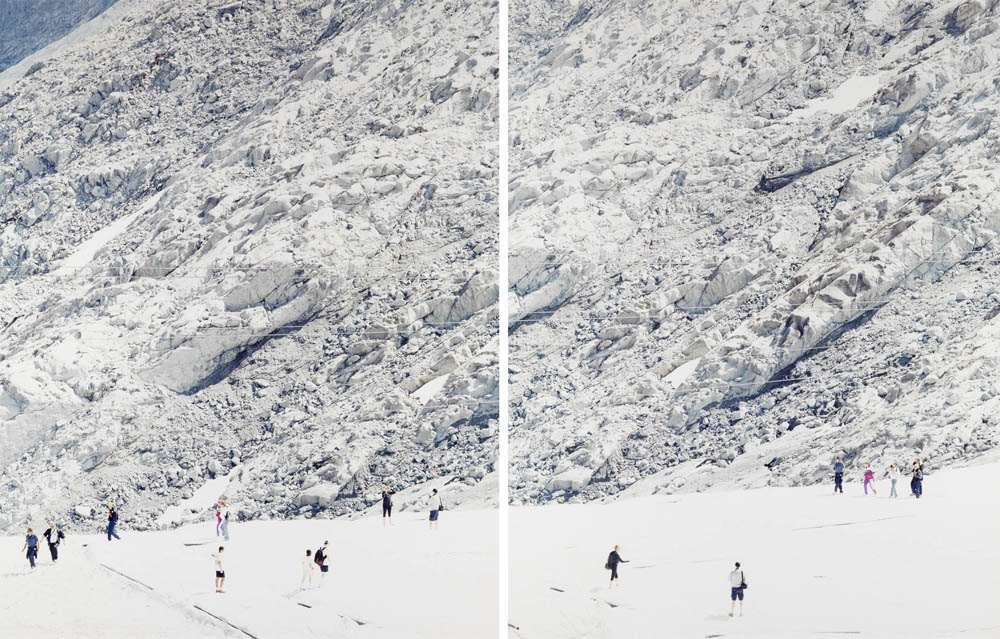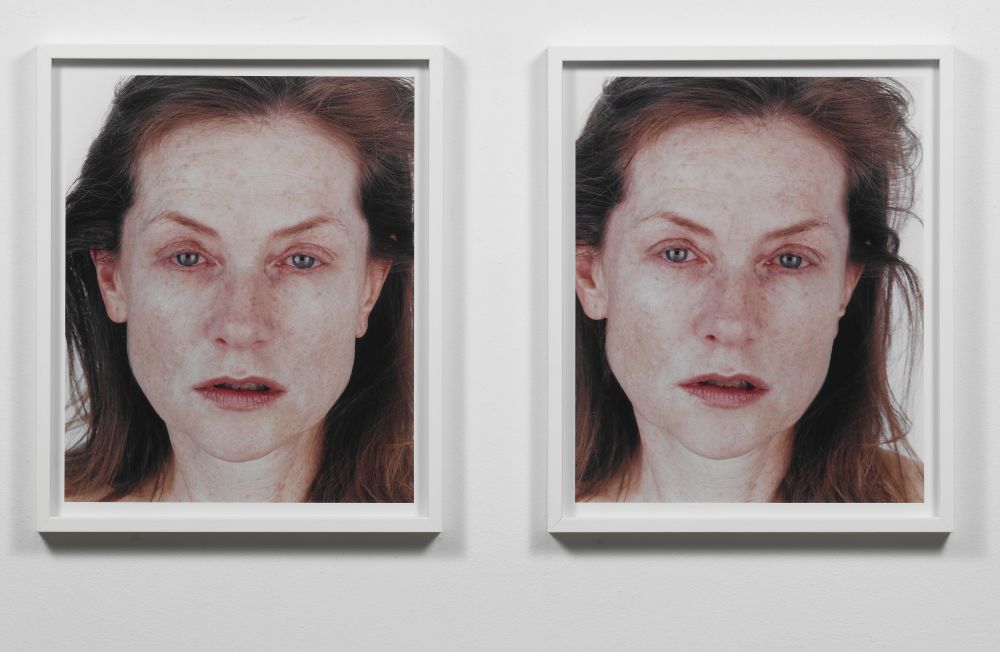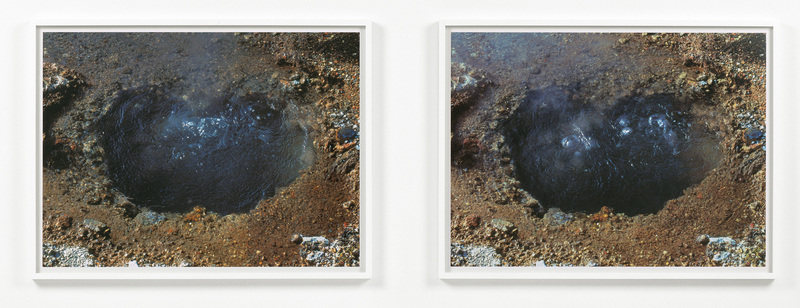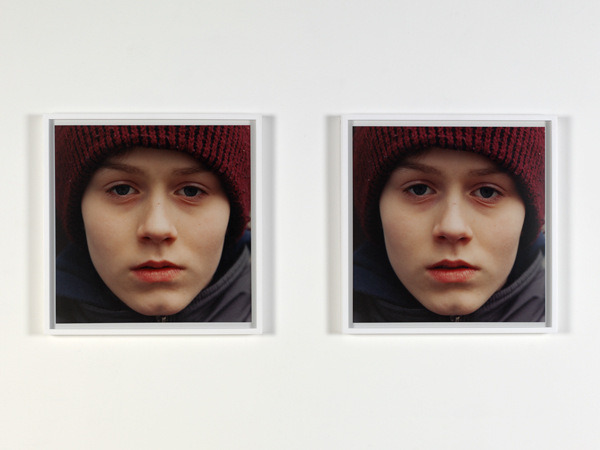Artist Blog
Every week an artist whose single image was published by Der Greif is given a platform in which to blog about contemporary photography.
Perception, Lies and Reality: Fragmented temporality
Jun 05, 2017 - Jennifer Niederhauser Schlup
Fragmented temporality
[…]This category still has at its core the idea of temporality, but in a more fragmented way. We are no longer faced with a continuum, an image that encompasses a span of time. Rather, we are seeing here, in Maurice Merleau-Ponti’s words, «a world in which no two objects are seen simultaneously, a world in which regions of space are separated by the time it takes to move our gaze from one to the other, a world in which being is not given but rather emerges over time».22 Thus, this type of images engages the viewer in a more active reading, a reading in which he becomes a core element of the work. Again, it is disproving the so-called decisive moment and the idea that the world can be contained in one single frame. The conception of photography as a tool for objectivity is shattered here as well. We are forced to see how immeasurably small changes may affect the interpretation of an image and how everything depends on the point of view: everything depends on the man behind the viewfinder, the decision maker. Photography is not a mere mechanical reproduction, but one involving human intervention.
Walter Niedermayr’s photographs (fig. 29, 30) are fragmented, allowing for small shifts of point of view, which extend and transform the image «into an image-activity by the lively contribution it imposes on the viewer, who must shift his or her attention back and forth between the parts. The observer is thus in the midst of the image, and the isolated presence of the individual image is overcome and merged into something communal».23 These fragmented images, through the repetition of certain elements – the people walking through the landscape – and the slight changes in perspective at once allude to the impossibility of capturing the entirety of a place. Meanwhile, in their precision, attention to details and careful play with light and colors – or the lack of it: whiteness – they allude to photography as a medium. Despite the omnipresence of certain natural elements – the mountains – and the intrusion of human beings with an attitude obviously harmful to these original landscapes, Niedermayr’s images are not concerned with environmental issues. They touch upon the nature of photography and its relation to time. They embody an «eternal gaze looking down on a mythic but changing landscape and moments of frozen time, as if the visible is in the process of disappearing into whiteness, not fading away but condensing into a crystal clear image engraved on the retina».24
Roni Horn’s series «Becoming a landscape» (fig. 31) also uses the form of multiple images, this time however to show the minute alterations which take place within the interval of a fraction of a second. Unlike Niedermayr with his vast landscapes, her images leave no room to breathe and escape. She exposes the viewer head on to what seem at first sight to be two exactly similar photographs. Slowly, as we look at them, small differences emerge, and with it the interrogation: which is closer to reality? Is there but one reality? By creating an interaction between the images, and between the images and the viewer, Horn manages to engage a questioning about space and time, while positioning photography as a central part of this challenge of perception. The effect her photographs produce on the spectator is close to that of stereoscopic images as described by Suzanne Holschbach: «Contemporary description verify that the «visual desire» that arises when viewing stereoscopic photographs lay in the feeling of immersion: The outside world disappears in favor of the space of an image, which is experienced as a real space. […] the observer is in no way merely a passive recipient of images of the outside world, rather the images are created in the visual process».25 Roni Horn forces the spectator to literally dive into the photographs and recreate in his mind a composite of the two images he is facing. Only through this mental gymnastic will he be able to grasp the whole picture.[…]
22 – p.41 MERLEAU-PONTI, Maurice. The World of Perception. New York: Routledge,
1st édition, march 2008
23 – NIEDERMAYR, Walter. Civil Operations / Zivile Operationen. Ostfilden – Ruit: Dr. Cantz’sche Druckerei, 2003 – p149. «Listen to your mountain». François Xavier. Baier
24 – http://www.nordenhake.com/php/artistsExhibitions.php?id=15
25 – HOLSCHBACH, Suzanne. «Continuities and differences between photographic and post-photographic mediality». Photo/Byte | http://www.medienkunstnetz.de/themes/photo_byte/photographic_post-photographic/print/






